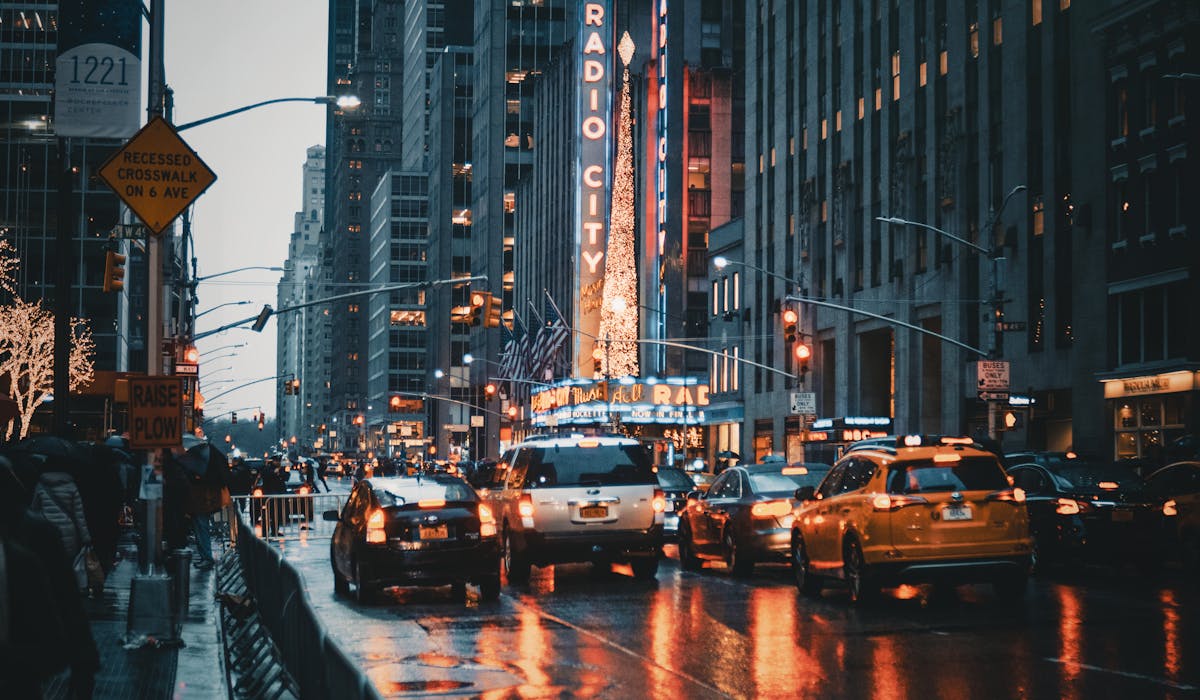The smart Trick of Framing Streets That Nobody is Talking About
Framing Streets Can Be Fun For Anyone
Table of Contents4 Easy Facts About Framing Streets Described9 Simple Techniques For Framing StreetsThe Ultimate Guide To Framing StreetsFascination About Framing StreetsRumored Buzz on Framing StreetsSome Ideas on Framing Streets You Should Know
Digital photography style "Crufts Canine Program 1968" by Tony Ray-Jones Street photography (also occasionally called candid digital photography) is photography performed for art or inquiry that features unmediated opportunity experiences and random events within public places, normally with the objective of capturing pictures at a definitive or poignant minute by mindful framing and timing. 
, that was motivated to carry out a comparable documents of New York City. As the city established, Atget assisted to advertise Parisian roads as a worthwhile subject for digital photography.

Framing Streets Can Be Fun For Everyone
Martin is the first tape-recorded photographer to do so in London with a masked camera. Mass-Observation was a social study organisation established in 1937 which intended to record day-to-day life in Britain and to record the reactions of the 'man-in-the-street' to King Edward VIII's abdication in 1936 to marry separation Wallis Simpson, and the succession of George VI. The chief Mass-Observationists were anthropologist Tom Harrisson in Bolton and poet Charles Madge in London, and their initial report was produced as guide "May the Twelfth: Mass-Observation Day-Surveys 1937 by over two hundred onlookers" [] Window cleaner at Kottbusser Tor, Berlin, by Elsa Thiemann c. 1946 The post-war French Humanist Institution digital photographers located their subjects on the street or in the diner. Between 1946 and 1957 Le Groupe des XV annually showed job of this kind. Andre Kertesz. Circus, Budapest, 19 May 1920 Road photography developed the significant web content of two exhibits at the Museum of Modern Art (Mo, MA) in New York curated by Edward Steichen, 5 French Digital Photographers: Brassai; Cartier-Bresson, Doisneau, Ronis, Izis in 1951 to 1952, and Post-war European Photography in 1953, which exported the concept of street digital photography internationally.

Facts About Framing Streets Uncovered
The recording equipment was 'a surprise video camera', a 35 mm Contax hidden underneath his layer, that was 'strapped to the upper body view it now and attached to a lengthy wire strung down the right sleeve'. His job had little contemporary influence as due to Evans' level of sensitivities concerning the creativity of his job and the personal privacy of his topics, it was not published until 1966, in the book Numerous Are Called, with an introduction composed by James Agee in 1940.
Helen Levitt, after that a teacher of children, connected with Evans in 193839. She documented the transitory chalk illustrations - 50mm street photography that became part of youngsters's street culture in New york city at the time, along with the children that made them. In July 1939, Mo, MA's brand-new digital photography section consisted of Levitt's operate in its inaugural exhibitionRobert Frank's 1958 publication,, was significant; raw and frequently indistinct, Frank's photos examined traditional photography of the time, "tested all the official policies set by Henri Cartier-Bresson and Walker Evans" and "flew in the face of the wholesome pictorialism and heartfelt photojournalism of American magazines like LIFE and Time".